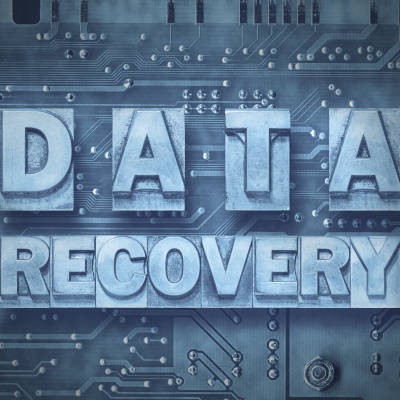Ferrum Technology Services Blog
No one can tell when a disaster is going to strike or what form that disaster is going to take. The cause could be a storm, human error, or some freak occurrence that nobody could have seen coming. In order to get back up and running after one of these incidents a company needs to have a strong business continuity strategy. An essential part of this strategy is knowing how to recover data depending on the way it’s lost. Getting data back and working for your company is the only way to stave off ruin, so let’s look at data recovery strategies that can literally save your business.
Have you considered the process in which your organization takes data backups and restores them following an emergency? The value of data backup and fast recovery can’t be ignored. Unless you take proper precautions, you could potentially face a situation that threatens the very existence of your business.
Even the best plans can fall to unexpected circumstances, especially in terms of business technology solutions. Even if you spend countless hours planning out your system infrastructure, there’s always the possibility that an unseen actor could threaten the future of your business. Therefore, it’s crucial that you take into account the need for a data backup and disaster recovery plan.
Data loss can come from any number of situations. One of the most common scenarios comes from hardware failure, in which a device (such as a server or workstation) fails to perform properly, resulting in a significant amount of data being lost. You can’t ignore the possibility for fires, flooding, earthquakes, electrical storms, and all of the other threats out there that can end your infrastructure. There’s also the omnipresent threat of user error, which is the risk presented by one of your most critical assets--your employees--making mistakes like deleting or overwriting important data.
You probably don’t need us to tell you that data loss isn’t something to take lightly. While there are certainly other factors, data loss is a leading cause of organizations going out of business. Most companies that experience data loss are out of business soon after the incident.
To counter these concerns, organizations need a method of safeguarding their files from unpredictable data loss incidents. A comprehensive data backup and disaster recovery solution is the perfect way to keep your IT infrastructure secured and up-to-date.
In fact, a BDR solution is perhaps one of the most critical components of running a business. If your organization should fall victim to a data loss incident, a BDR solution has the potential to restore your backed-up data and get your systems up and running again. It’s a best practice that this solution store your data off-site and isolated from your in-house systems. The reason: even if your entire in-house infrastructure is destroyed, your data backups will be safe and sound.
 September was Disaster Preparedness Month; a time to seriously consider where your business stands if a disaster were to strike. What would be considered a disaster? That depends on your situation, but if something were to happen to your business, are you prepared to continue operations quickly? What solutions have you implemented to protect business continuity if something unfortunate were to happen to your organization?
September was Disaster Preparedness Month; a time to seriously consider where your business stands if a disaster were to strike. What would be considered a disaster? That depends on your situation, but if something were to happen to your business, are you prepared to continue operations quickly? What solutions have you implemented to protect business continuity if something unfortunate were to happen to your organization?



